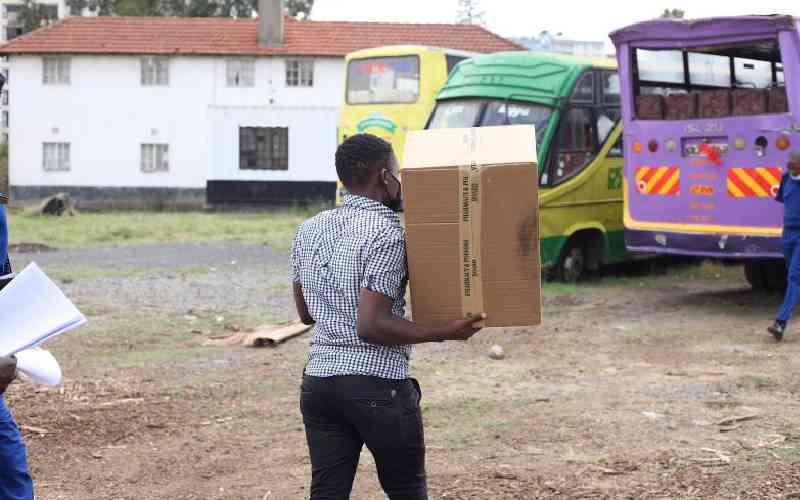
Whether you’re cooking at home or dining out, there’s a chance you could get food poisoning.
Winniekit Maitha Ngatambu, a clinical dietitian, explains that food poisoning or foodborne illness occurs after eating or drinking anything contaminated.
“Bacteria, viruses, chemicals and parasites can contaminate food or beverage, and if ingested they cause food poisoning,” Ngatambu says.
Symptoms of food poisoning can range from mild discomfort to severe illness, including diarrhoea, vomiting, stomach cramping, fever, bloody stool, blurred vision, headache and general weakness.
To minimise these risks, here are four crucial practices to adopt:
Cleanliness is key: Ensure thorough handwashing with antibacterial soap before handling food. Use clean utensils and sanitize surfaces regularly. Rinse raw produce under cold water to remove any dirt or bacteria.
Cooking: Cook food to the recommended temperature to kill harmful bacteria. Avoid reheating food multiple times, as this can promote bacterial growth.
Chill promptly: Prevent bacterial growth by refrigerating perishable foods within 1-2 hours of preparation. Follow storage guidelines carefully and discard any leftovers beyond their recommended shelf life.
- Kenyans eating food contaminated with cancer-causing toxins - survey
- How to avoid foodborne illnesses this festive season
- The lesser-known causes of food poisoning that may ruin dessert
Keep Reading
Prevent cross-contamination: Keep raw meats separate from ready-to-eat foods to avoid bacterial transfer. Clean and sanitise surfaces, utensils, and hands after handling raw ingredients.
While most cases of food poisoning can be managed at home, severe or persistent symptoms warrant medical attention. If symptoms persist or worsen, seek medical advice promptly.
 The Standard Group Plc is a multi-media organization with investments in media platforms spanning newspaper print
operations, television, radio broadcasting, digital and online services. The Standard Group is recognized as a
leading multi-media house in Kenya with a key influence in matters of national and international interest.
The Standard Group Plc is a multi-media organization with investments in media platforms spanning newspaper print
operations, television, radio broadcasting, digital and online services. The Standard Group is recognized as a
leading multi-media house in Kenya with a key influence in matters of national and international interest.











